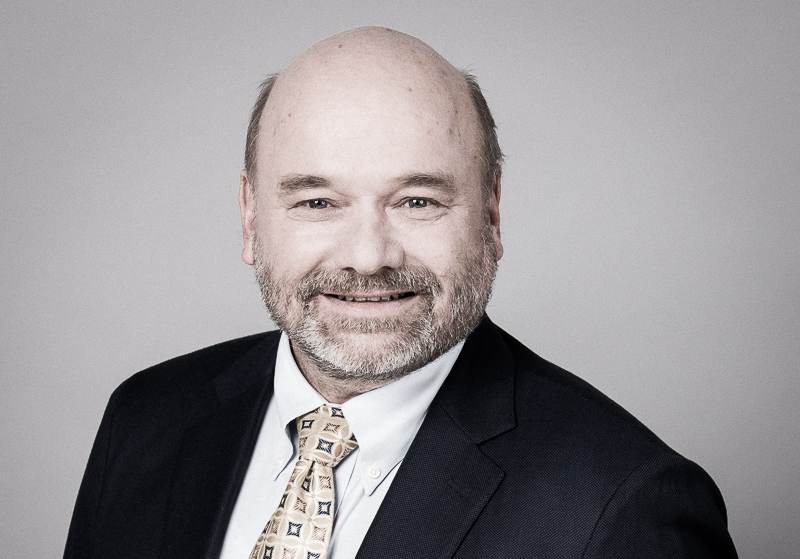Stage set for cat bond price recovery: Lohmann, Schroders Capital ILS

The stage is set for catastrophe bond prices to recover from their current levels back to the long-term mean over the next six to nine months, according to Dirk Lohmann, Chairman, Schroders Capital ILS.
In a recently published paper, Lohmann identifies some interesting dynamics in the insurance and reinsurance industry, discusses the broader macro-influence on cat bonds spreads and concludes that the effect this all had on the catastrophe bond market over the last few months is set to attract new inflows of capital.
Lohmann and the Schroders Capital ILS team believe that cat bond yield spreads are the highest they’ve been in more than one decade.
“The last time that the cat bond market saw similar spreads to those observed today was in the Spring of 2009,” Lohmann explained.
He highlights an interesting dynamic of re/insurer demand for reinsurance coverage in the current macro-economic environment, which he believes has been a contributing factor to the spread widening.
Increasing interest rates and the resulting pressure on the asset side of the insurance and reinsurance balance-sheet have played their part in the cat bond spread dynamic, Lohmann believes.
“This increased volatility on the asset side combined with greater uncertainty of the quality of reserves on the liability side of the balance sheet will make raising additional capital – should the need arise – very challenging. It may only be possible with deeply discounted rights issues. It is not surprising that many reinsurers are seeking to reduce their exposure to volatility on the liability side of their balance sheet by trimming their catastrophe aggregates,” Lohmann explained.
Adding that, “For (re)insurers, reinsurance protection is an alternative source of risk-bearing capital to equity and debt. Reinsurance can be used to manage earnings volatility and exposure to capital-destroying events, thereby protecting the reinsured’s all-important credit rating. Faced with reduced financial flexibility in the current environment it is not surprising that demand for reinsurance, both traditional and in ILS form, has increased dramatically.”
Referring back to 2009, he highlighted that, “Then, as today, reinsurers were faced with a challenge on the asset side of their balance sheet.”
But, back in 2009 it was the credit quality of their investments that drove uncertainty through the global insurance and reinsurance market.
Today, with the expectation that interest rate rises will continue for a time, “It is more the prospect of further mark-to-market losses as central banks push up their interest rates to combat inflation,” Lohmann said.
But there’s another factor, one linked to inflation expectations, that also drives fear for some re/insurers.
“In recent years, the reinsurance industry was able to rely upon releases from prior years’ loss reserves to offset some of the earnings impact of current year catastrophe losses,” he explained. “The prospect of higher inflation means that the cost of settling open claims may prove to be more expensive than originally estimated, leading to a loss of this potential buffer.”
Later he states that there is a risk that, “reserve redundancies could become reserve deficiencies due to high inflation.”
This is very interesting, as it highlights a dynamic in the reinsurance market that has led to more de-risking, with catastrophe bonds one of the beneficiaries of this.
It likely goes some way to also explaining the wealth of new first-time cat bond sponsors that entered the market in recent months, as companies looked to the capital markets to manage their aggregate exposures.
This has hit during a period when the cat bond market had little in the way of new inflows to deploy, so has contributed to the spread widening that has been seen.
Which has led to a situation where yields are high in the cat bond market, at the same time as the returns of collateral investments that underpin cat bonds are also increasing thanks to interest rates.
“We anticipate that the current high yields offered in the cat bond market will ultimately begin to attract new inflows. As a consequence, the stage is set for prices to recover from their current levels back to the long-term mean over the next six to nine months,” Lohmann said.
So the stage is set for potential inflows to cat bond funds, something we’ve heard has already begun in some areas of the market and has helped to slow or stop the widening of spreads in recent weeks, resulting in a more balanced market environment.
But timing is also important for investors and Lohmann rightly highlights that hurricane season is just beginning, but points out that there were just four years in the more than twenty of the cat bond market’s history that total returns were negative during a June 30th to December 31st time frame, so perhaps investors should not let the time of year put them off making an allocation to the cat bond market.
“Indeed, during the 20+ year history of the cat bond market, there is no nine-month period incepting on June 30th that produced a negative total return,” Lohmann’s paper explains.
He concludes, “In summary, we believe that now is an attractive time to consider entry or adding to an existing allocation. The issuance window for new bonds will soon be closing as we move closer to the peak hurricane season. From that perspective, little added pressure will be coming from the demand side and the stage is set for prices to gradually recover.”






